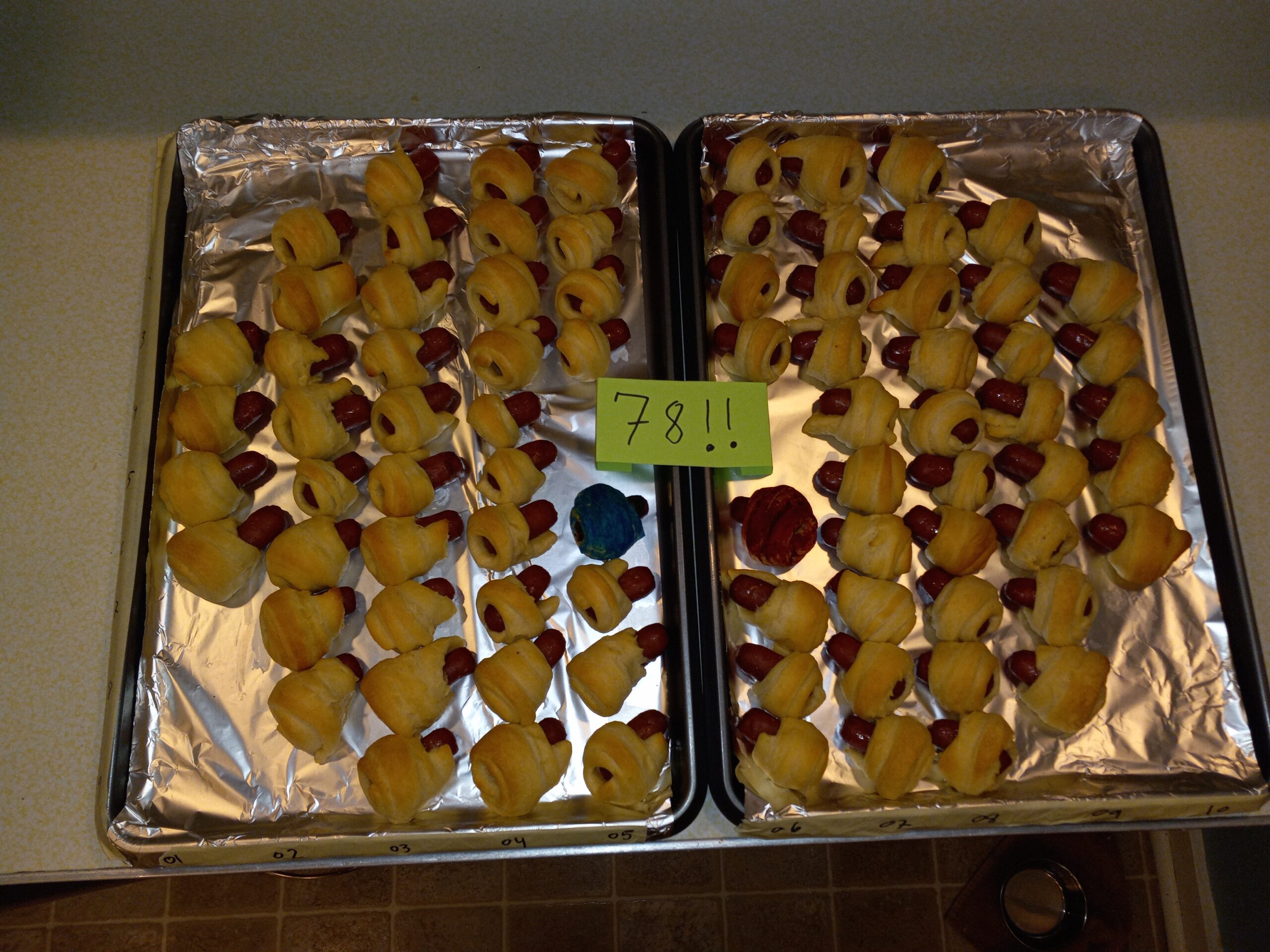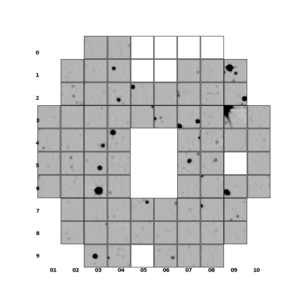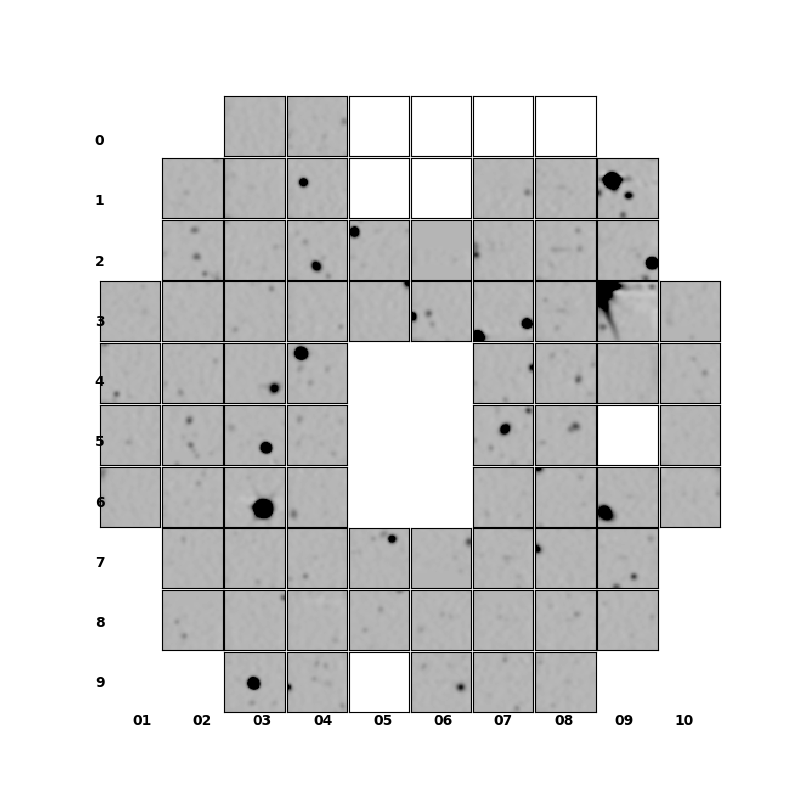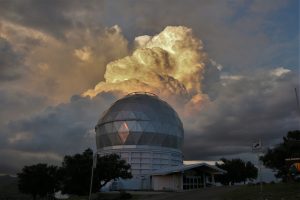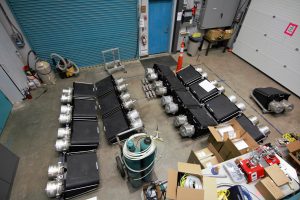This week there have been a few press releases from the HET partners about our progress on the HETDEX survey so far. The graphical presentation of the data is amazing and the whole survey will represent a major accomplishment for observational cosmology once completed. Read more at the following links below.
Meanwhile, our hearts are with the radio astronomy community as they mourn the not-unanticipated structural failure of the Arecibo radio telescope this week. Send warm thoughts to all the large aperture telescopes being maintained out there – they are are precious tools to view the cosmos and is is quite sad to lose such a giant.
https://mcdonaldobservatory.org/news/releases/20201201
https://news.psu.edu/story/640405/2020/12/01/research/hobby-eberly-telescope-dark-energy-experiment-survey-begins-full
https://phys.org/news/2020-12-hetdex-track-probe-dark-energy.html

